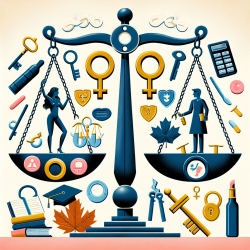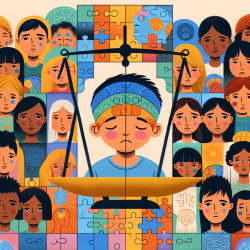In the realm of adolescent health, understanding the factors that influence contraceptive use is crucial. A recent study titled Country-Level Gender Equality and Adolescents’ Contraceptive Use in Europe, Canada, and Israel: Findings from 33 Countries sheds light on how gender equality can significantly impact contraceptive practices among adolescents. This blog post aims to help practitioners leverage these findings to improve their skills and encourage further research.
The Study at a Glance
The research utilized data from 33 countries involved in the 2013–2014 Health Behaviour in School-Aged Children study. It examined the relationship between country-level gender equality, measured using the 2014 Global Gender Gap Index, and adolescents' contraceptive use. The study involved 4,071 females and 4,110 males aged 14–16, analyzing their use of condoms, pills, or dual methods during last intercourse.
Key Findings
- Positive Correlation: The study found that increased gender equality is positively associated with higher contraceptive use among both male and female adolescents.
- Gender Differences: The associations were stronger for females than for males. For instance, a 0.1-point increase in gender equality significantly raised the likelihood of condom use (odds ratio of 2.1 for females) and pill use (6.5 for males and 9.6 for females).
- Sustained Significance: These associations remained significant even after controlling for national wealth and income inequality.
Implications for Practitioners
The findings of this study offer valuable insights for educators and therapists working with adolescents:
- Cultural Sensitivity: Understanding the cultural context of gender equality can help tailor sexual health education programs to be more effective.
- Focus on Empowerment: Programs that emphasize gender equality may empower young women to take control of their sexual health decisions.
- Diverse Strategies: Encourage the use of diverse contraceptive methods by highlighting their benefits in gender-equal societies.
- Pursue Further Research: Investigate potential causal pathways between gender equality and contraceptive use to develop more targeted interventions.
The Path Forward
This study underscores the importance of integrating gender equality into adolescent sexual health education. As practitioners, it's essential to stay informed about such research findings to enhance your practice and contribute to better health outcomes for young people.
If you're interested in exploring this topic further, consider conducting or participating in additional studies that delve deeper into the mechanisms linking gender equality with contraceptive use among adolescents.










